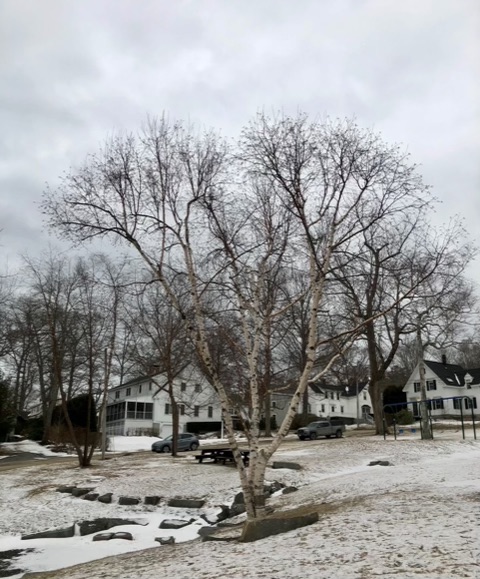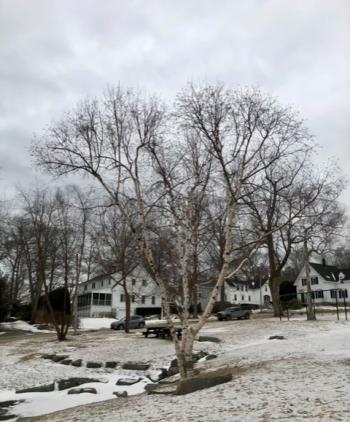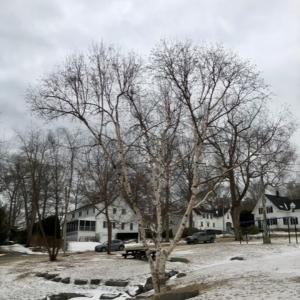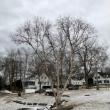The wintering of trees
Winter trees can sometimes look like second homes abandoned for warmer climates during the coldest months. However, they just know more about wintering and taking stock than we do. They are quietly resting. Laying low but still humming with life.
Rilke reverenced winter as the season for tending to the inner garden of the soul: “Suddenly to be healed again and aware that the very ground of my being — my mind and spirit — was given time and space in which to go on growing,” he wrote to a grief-stricken young woman who had reached out to him for consolation. “In the depths of winter, I finally learned that within me there lay an invincible summer.”
So, if you’re feeling blue, surely the cure is to venture outside, take a walk, check out a few trees. Really give them a good looking over. Patterns of their bark, do you see any tight buds, notice any color changes in thin branches?
Abscission is the term for the dropping of leaves by deciduous trees. Before this happens though, the tree has been preparing for winter. Layers of cells are weakening between the stem and the branch: this is called the abscission zone.
Eventually it severs the leaf from access to water, and the leaf dries and browns and in most cases falls off, either under its own weight or encouraged by wintery weather. A few hours later, the tree will have released material to heal the scar the leaf has left, protecting itself from the evaporation of water, infection, or parasites.
The trees are patiently waiting. Everything is prepared. It has provided fallen leaves which mulch the earth ( if we don’t leaf-blow them away). Roots draw up the extra winter moisture, a reserve of strength against seasonal storms. It shares its ripe cones and nuts with mice and squirrels. Underneath and within its bark are hibernating insects.
You may also see many trees produce catkins in the winter, like the silvery ones on the Quaking Aspens. These ask the wind or insects to spread pollen and ready them for the spring.
A group of Camdenites has an interest in working to develop Camden’s tree replenishing and planting program. If you are interested in participating or contributing to this effort. Please contact: beedyparker@gwi.net; 207-236-8732.

























